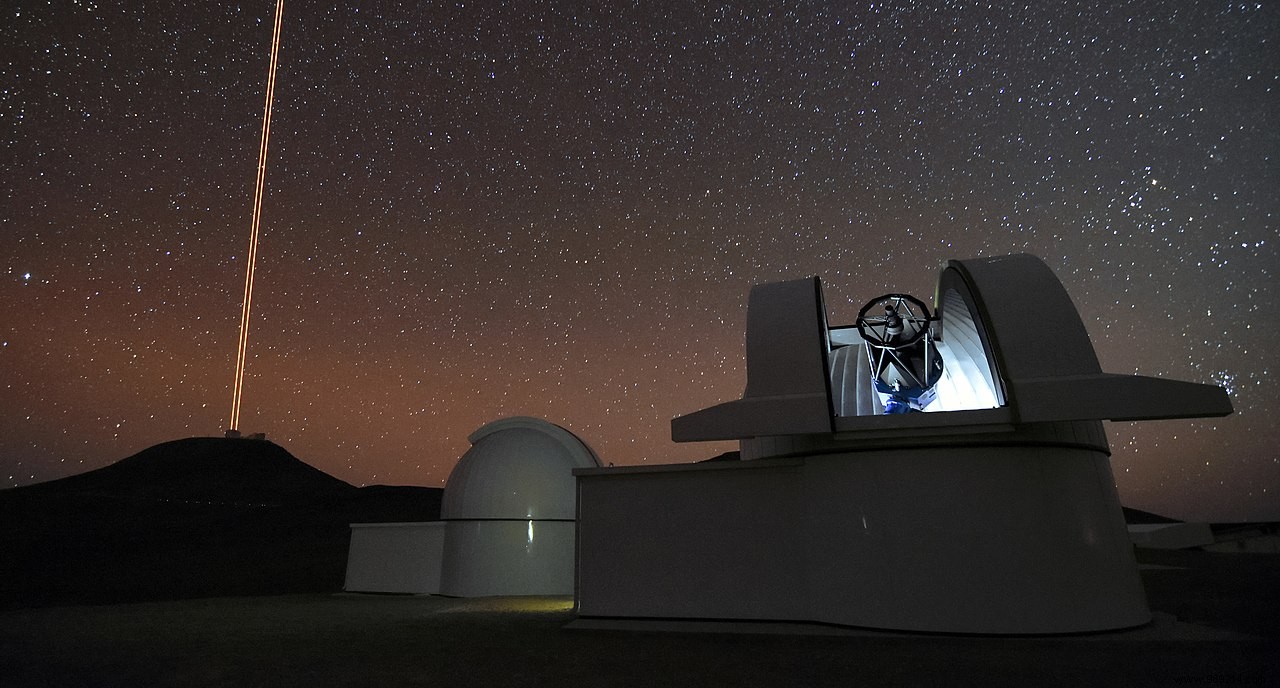Astronomers announce the discovery of a new world circling its star in 3.14 days. Naturally, they named it "planet Pi", in reference to the universal mathematical constant. Details of the study are published in The Astronomical Journal .
Almost two years after its scrapping, the Kepler space telescope, which discovered thousands of exoplanets, continues to delight us. Analyzing data collected in 2017 by the telescope's K2 mission, astronomers recently isolated the signal from a new Earth-like planet about 185 light-years from Earth . It is the 315th planetary system discovered in K2 data.
Kepler, we recall, tracked exoplanets using the transit method. The idea is to observe the stars in search of periodic dips in brightness, betraying the presence of a possible passing planet in front of its host. After testing different potential astrophysical scenarios capable of explaining these signals, the researchers confirmed that they were indeed the work of a world in transit.
Follow-up studies, carried out thanks to SPECULOOS, an observatory of Cerro Paranal, in Chile, then made it possible to estimate its radius:0.95 that of the Earth. We also know that this planet orbits a cool, low-mass star – about one-fifth the size of the sun – every 3.14 days , at a blistering speed of 81 kilometers per second, or approximately 290,000 km/h .
Officially dubbed K2-315b, Prajwal Niraula, of MIT and lead author of the study, prefers to nickname it Pi , in reference to the universal constant which, we recall, represents the constant ratio of the circumference of a circle to its diameter in a Euclidean plane.

If the planet is a priori rocky and the same size as the Earth, it is however not habitable. At least, a priori. Its tight orbit brings it close enough to its star to heat its surface to more than 170 degrees Celsius .
Even so, the researcher believes that K2-315b is interesting enough to consider a follow-up study by the future James Webb Space Telescope, with the aim of analyzing its potential atmosphere.
To do this, the JWT will need to analyze some of the starlight passing through said atmosphere, if any. Each gas having a "fingerprint" that can be revealed by light, we could then apprehend its molecular composition.